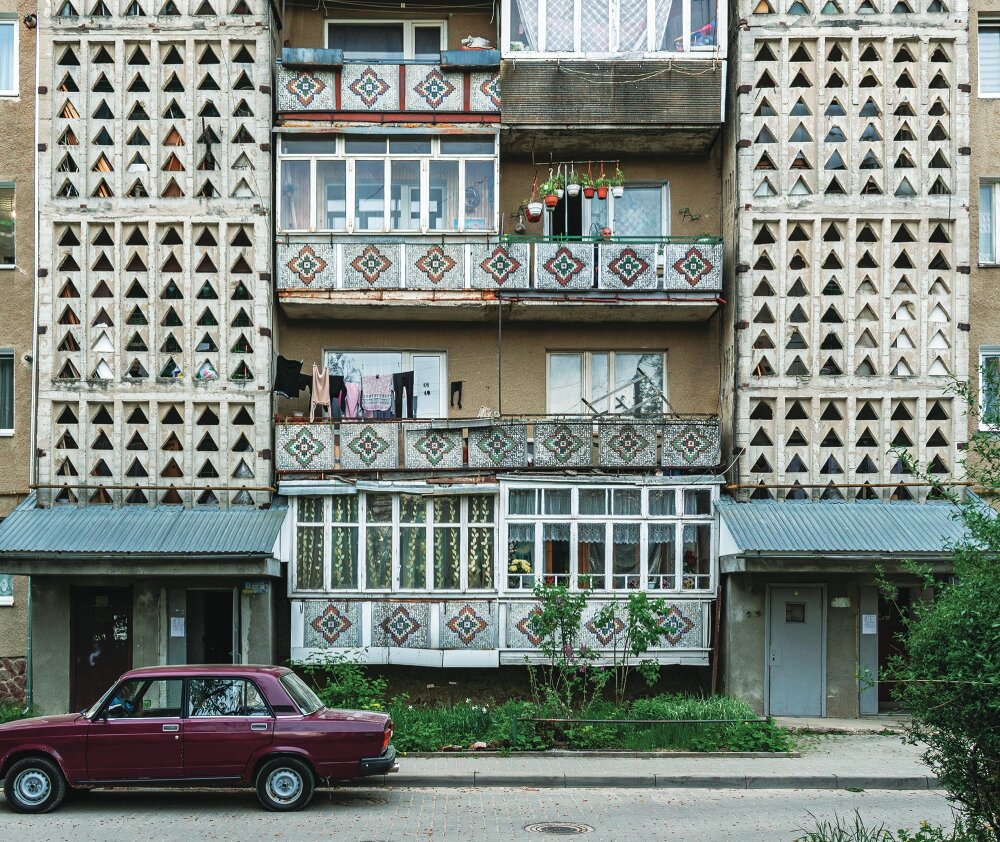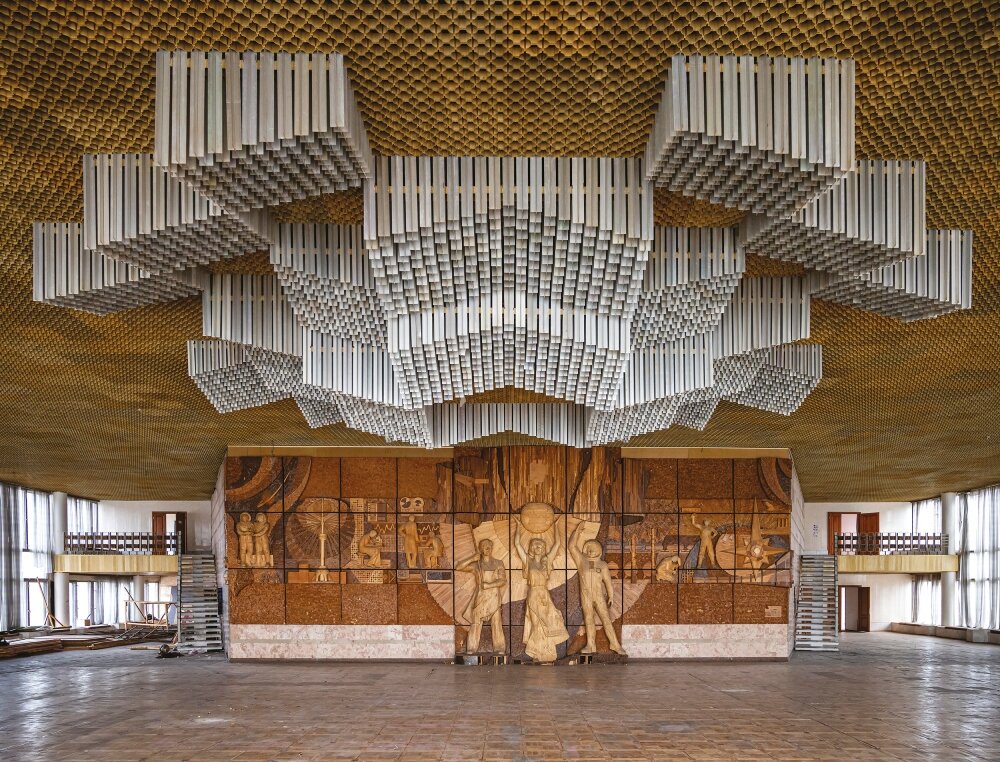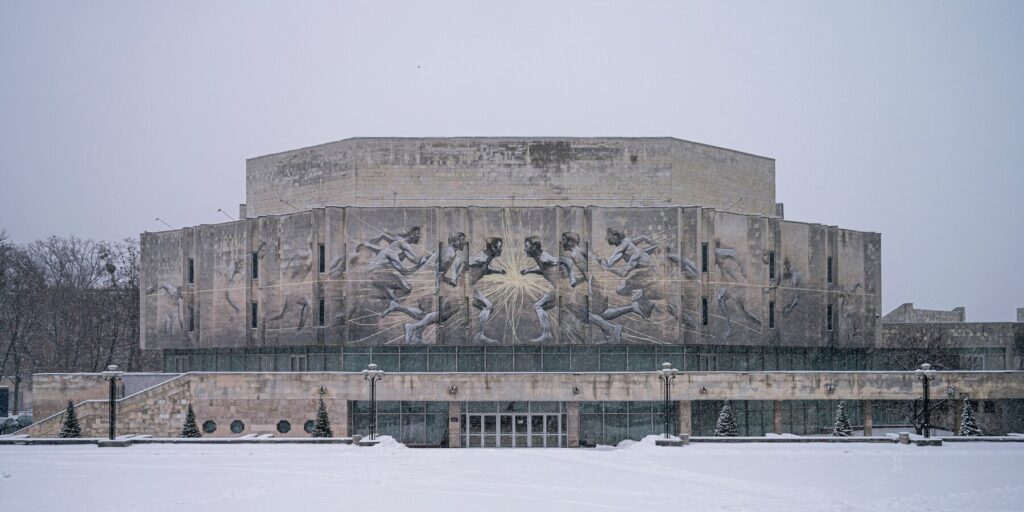Introduction
The book Ukrainian Modernism provides a comprehensive look at the modernist architecture of Ukraine from the Soviet era, documenting over 120 structures that are now at risk due to neglect, redevelopment, and ongoing conflict. This article explores the reasons behind the creation of this publication, highlights some of the key buildings featured, discusses the challenges these structures face, and examines how such documentation can contribute to preserving Ukraine’s architectural heritage. Additionally, we’ll outline practical steps for protecting these buildings and conclude with a FAQ section and summary table.

Why Was Ukrainian Modernism Necessary?
Despite its cultural and historical significance, Soviet-era modernist architecture in Ukraine has remained largely overlooked in global architectural discourse. The book aims to address this gap by documenting these structures before they are lost forever. Through extensive research and photography, it presents a detailed visual record of buildings that blend utilitarian design with artistic innovation.
According to UNESCO, “Preserving cultural heritage is a collective responsibility that fosters national and cultural identity.” This underscores the importance of efforts like Ukrainian Modernism , which seeks to safeguard Ukraine’s architectural legacy for future generations.
Key Buildings Documented in the Book
The publication covers a wide range of structures, from well-known landmarks to lesser-known local buildings. Below is a table summarizing some notable examples:
| Building Name | Location | Brief Description |
|---|---|---|
| Kyiv Crematorium | Kyiv | A functional yet artistically designed structure. |
| Salut Hotel | Kyiv | Combines modern aesthetics with practicality. |
| Uzhhorod Airport Terminal | Uzhhorod | Small but rich in artistic details. |
| Novoarkhanhelsk Police Station | Novoarkhanhelsk | Reflects local community needs through design. |
These examples highlight the diversity of styles and purposes that characterized modernist architecture during this period, blending Western influences with Soviet ideologies to create unique designs.

Challenges Facing Modernist Architecture in Ukraine
Neglect and Deterioration
Following the collapse of the Soviet Union, many of these buildings fell into disrepair due to lack of funding and inadequate preservation policies. Some have become obsolete for modern use, further complicating efforts to maintain them.
War and Destruction
The ongoing conflict in Ukraine has placed these structures at significant risk. Many have been damaged or destroyed as collateral damage. According to the Global Heritage Fund, “Armed conflicts often lead to irreversible loss of cultural heritage unless immediate action is taken.”
Commercial Pressure
In urban areas, there is increasing pressure to replace older buildings with new developments. This trend reflects a broader lack of appreciation for the historical and cultural value of these structures.

The Role of the Book in Raising Awareness
The book adopts a straightforward documentary style, presenting the buildings as they are without romanticizing their condition. This approach helps draw attention to their current state objectively. Additionally, an introductory essay provides historical context, framing these structures as products of their time and place.
As one contributor to the book notes, “These buildings are not just concrete structures; they are witnesses to a pivotal historical period that reflects the interplay of politics, art, and society.”
How Can This Heritage Be Protected?
To safeguard these buildings, several practical steps can be taken:
- Legal Frameworks: Enact laws to prevent the demolition of historically significant structures without proper authorization.
- Public Awareness: Launch campaigns to educate the public about the cultural importance of these buildings.
- International Support: Collaborate with organizations like UNESCO to secure funding for restoration and maintenance projects.

Frequently Asked Questions (FAQ)
1. What is the main purpose of Ukrainian Modernism ?
The book aims to document Ukraine’s modernist architecture and highlight the threats it faces.
2. Are all the buildings in the book famous?
No, the book includes both well-known landmarks and lesser-known structures of cultural significance.
3. How does the current conflict affect these buildings?
The conflict leads to direct destruction or indirect damage due to fighting.
4. What steps can be taken to protect these buildings?
Steps include enacting legal protections, raising public awareness, and securing international support.
Summary Table
| Topic | Details |
|---|---|
| Number of Buildings Documented | Over 120 structures |
| Primary Threats | Neglect, war, commercial redevelopment |
| Proposed Protection Measures | Legal frameworks, public awareness, international collaboration |
| Significance of the Book | Provides a detailed record of an underappreciated architectural heritage |
In conclusion, Ukrainian Modernism serves as both a historical record and a call to action to preserve an important chapter of Ukraine’s architectural history. By documenting these structures and advocating for their protection, the book plays a vital role in ensuring that this legacy endures for future generations.







